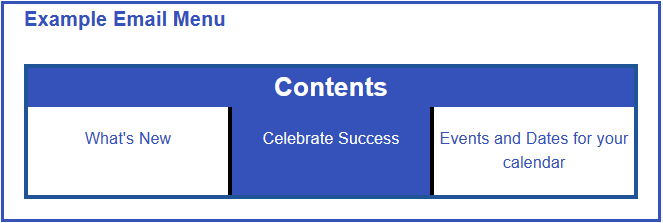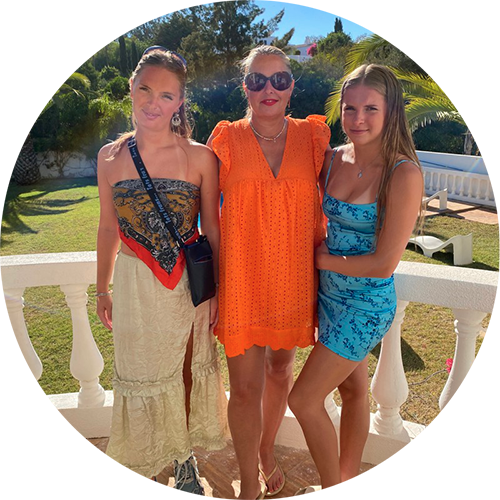Neurodiversity Matters
Neurodiversity is on every communicators radar, with 15% – 20% of our total population being neurodivergent, this cannot be ignored.
So what can we do as communication specialists to address the mine field of neuro diversity spectrums in order for inclusion and engagement.
I have some facts and figures below obtained from My Disability Jobs’ website – this is a global account. I’ll drill down to the UK to bring it home for us.
In this newsletter, I’ll give you some hints and tips. But what makes me able to talk about this subject?
I possess both qualifications and extensive experience in the field.
- Understanding and working with Autism (CACHE)
- Understanding and working with ADHD (CACHE)
- Understanding behaviour that challenges and practices (CACHE)
- Behaviour insights and strategies (level 3 City and Guilds)
- 12 years working with those who are neurodivergent
In our pursuit of an inclusive and diverse workplace, I am dedicated to constant research on neurodivergence within internal communications. By staying updated and trying new ideas, we want to make a place where everyone’s talents are appreciated. We need your thoughts as we improve communication methods that connect with everyone. Let’s make a workplace where everyone feels heard, valued, and ready to succeed.
Thank you for joining NewZapp on this neurodiversity journey! Together, we can create a more inclusive and understanding workplace. Stay tuned for more insights and updates. Embrace diversity, embrace greatness! 🌟✨ #NeurodiversityMatters #InclusionMatters #BetterTogether
If you would like more information and assistance in creating inclusive campaigns, please do not hesitate to contact me on the details below.
Neurodiverse people include those with conditions such as:
- autistic spectrum disorder (ASD)
- attention deficit hyperactivity disorder (ADHD)
- developmental speech disorders
- dyslexia
- dysgraphia
- dyspraxia
- dyscalculia
- dysnomia
- intellectual disability
- Tourette syndrome
Neurodiversity Statistics and Numbers : (Editor Picks)
Worldwide prevalence: 15% to 20% of the population is considered to be neurodiverse.
Neurodiversity by gender: Men present more neurodiversity than women worldwide and at minor scales as well.
Special abilities: Research shows that conditions such as autism and dyslexia can bestow special skills in pattern recognition, memory, or mathematics.
Intelligence: Autism presents higher IQ scores than average.
Work performance: studies found that neurodiverse teams are 30% more productive than none.
1 in 7 of us are neurodivergent in the UK
The above website helps you as an employer dealing with employees with neurodivergence. This is an extremely thorough website and helps with relation to hiring, absence procedures, for example, it also has case stories of other companies and how they approach staff with neurodivergence.
How do I identify who is neurodivergent?
Here in lies the problem – as an employee you don’t have to declare if you are neurodivergent.
Not all neurodivergent workers will consider themselves to be disabled. Workers have the right to identify (or not identify) with the term as they see fit.
Identifying neurodivergent individuals in your company requires a respectful approach. Create an inclusive environment, engage in open conversations, and offer support resources. Remember, disclosure is a personal choice, so respect their privacy and focus on creating a supportive workplace for all.
Under the Equality Act 2010, neurodivergent workers are, however, likely to meet the legal definition of disability. This provides them with important rights to reasonable adjustments, and protections against discrimination, harassment, and victimisation. There are also additional duties on public sector employers.
Defining a disability:
To amount to a disability under the Equality Act, a condition must be a ‘physical or mental impairment’ that ‘has a substantial and long term adverse effect’ on a person’s ‘ability to carry out normal day-to-day activities.’ Each aspect of this definition must be met to enable a claim of disability related discrimination to be put in front of a Tribunal. If a worker cannot establish that their condition meets the definition then a claim that discriminatory treatment is because of a disability must fall.
Best Practice
The best way of approaching this is by sending out a pulse survey with the following questions:

Colour Contrast Tools and Anchors
Understanding Colour Contrast
Colour contrast refers to the visual difference between colors in an image or design. High contrast means distinct and striking colors, while low contrast results in a more subtle blend. Good contrast ensures readability, accessibility, and visual impact in designs. It’s essential for effective visual communication.
The Importance of Colour Contrast
Colour contrast plays a pivotal role in visual communication, readability, and accessibility. Designers and creators need to consider it carefully to achieve their intended visual impact and ensure content is accessible to a diverse audience.
Anchor Links in Email Communication
In an email, an anchor link is a hyperlink that directs the reader to a specific section or location within the same email or a linked web page. Instead of leading to a new page, the anchor link allows users to jump to a specific part of the email or webpage instantly, without manual scrolling.
Benefits of Anchor Links
Anchor links are particularly useful in longer emails or web pages, enabling users to quickly access relevant information or sections without searching extensively. They are commonly used in table of contents, footnotes, and references, enhancing user experience and engagement.
Enhancing Anchor Links with Colour Codes
Anchor links, especially in longer emails, can be further enhanced by incorporating colour codes. By associating colors with specific sections, such as using red for “Health & Safety,” readers can easily identify and navigate to topics of interest. This method improves user engagement and allows for better monitoring of campaign performance by tracking engagement with specific sections.

You’ll see the use of borders around containers, again this makes the text pop and contained rather than words floating all over the screen.
Another tool that will be helpful is the timer- it’s a call to action and psychologically engaging, make the contact want to react.

Conclusion
As we bring this eye-opening exploration of neurodiversity to a close, we hope it has inspired you to view differences as strengths rather than limitations. By creating an environment that embraces neurodiversity, we unlock untapped potential and foster a culture of understanding, compassion, and collaboration.
Remember, the journey towards genuine inclusivity doesn’t end here; it’s an ongoing commitment to empowering every individual to shine in their own way. Let’s challenge outdated norms, dismantle barriers, and embrace the diverse minds that have the potential to drive unprecedented progress in our workplaces and communities.
We stand dedicated to making a positive change and promoting neurodiversity as an essential pillar of growth and prosperity. Together, let’s build a world where everyone’s unique talents are celebrated and harnessed, turning our differences into the driving force behind innovation, creativity, and success.

Amanda Clarke
Communications Specialist
I am a huge advocate of inclusivity and education within the workplace, and with engaging internal communications I believe we can create environments where people are able to learn and feel welcome.



